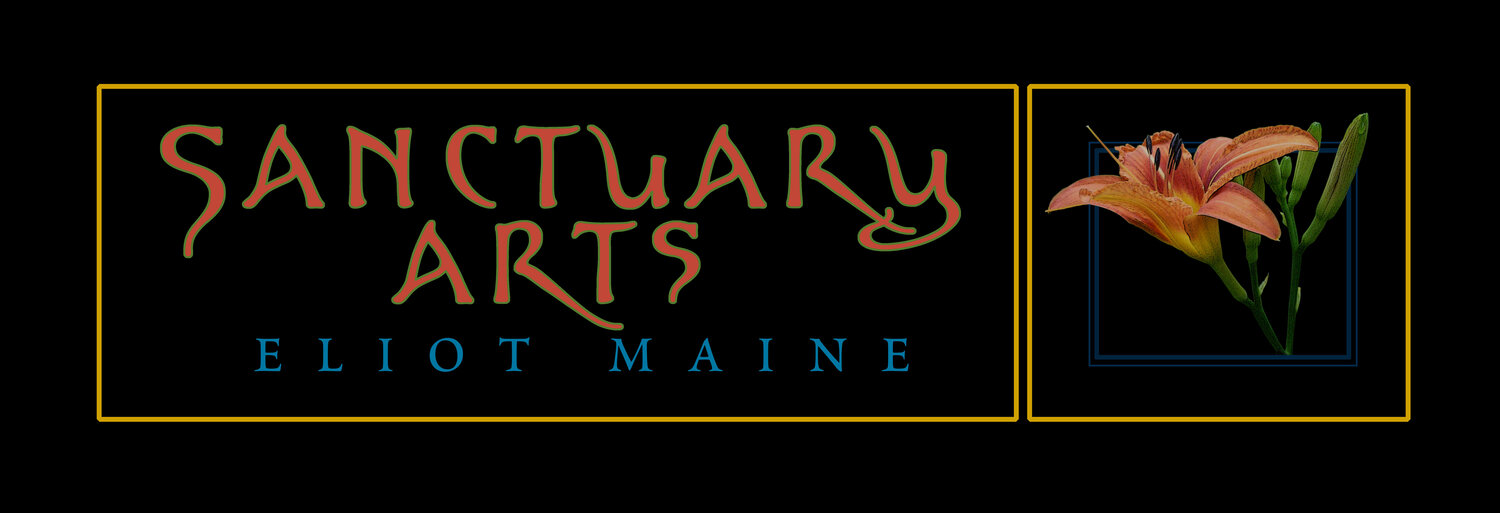sean beavers
Sean Beavers attended the School of Visual Arts in New York City on scholarship. He earned a B.F.A. and graduated with the Rhodes family medal for outstanding achievement. Sean's art has been in numerous exhibits in and around the New York metropolitan area, and in Maine and New Hampshire.
He began teaching in 1998 as a way to share some of his art knowledge with others. He has been associated with three schools—New Hampshire Institute of Art, University of New Hampshire at Manchester and Sanctuary Arts (in Eliot, Maine). He doesn’t believe you can teach someone what to paint; you can only provide the tools “to allow them to communicate.”
Sean Beavers has been best known for his still lifes, exquisite studies of a range of objects, including fruits and flowers, often presented within or atop a framing device—a weathered box, a wood panel. His painstaking, poetic realism, which sometimes features elements of trompe-l’oeil, ties him to nineteenth-century masters as well as to contemporary practitioners. Sean’s landscape paintings offer broad views of sea and sky, with clouds, tidal flats and low-lying islands drawing the eye into the distance. Sometimes wide-angled, they connect us with the sublime. Sean began combining still lifes and landscape. Going back and forth between the two subjects, he thought to present some of his objects in the outdoors, showcasing them in dramatic natural light. To capture the essence of a chosen scene, Beavers makes oil sketches on site, and then translates them into larger canvases that are part reality, part invention. The process is time-honored, harking back to the Hudson River school painters who worked from plein air studies in their studios. Like his predecessors, Beavers seeks to capture light, color and value, sometimes supplementing these aide-mémoires with photographs and drawings. When speaking of influences, Beavers first mentions his School of Visual Arts painting teacher Steven Assael, a realist of national renown. Further afield in time and place, he expresses admiration for Albrecht Durer and such contemporaries as the Chilean Claudio Bravo and Spaniard Antonio López García. The eminent realist Alan Magee has provided guidance on a couple of occasions.
Work as an art restorer has affected Beavers’ approach to paint. Over the years, he has been involved with restoring work by John Singer Sargent, Albert Bierstadt, Frederic Church and many other artists. “Working on those paintings was like a second education for me,” Beavers states. Studying the way these masters layered paint, created texture, mixed colors—such an intimate interaction has helped him understand painting at a profound level. (Excerpted from an essay by Carl Little)

